we have to measure the intensity of the fluorescence in certain regions of images using imagej. we came up with the below steps to measure the intensity. while it does seem correct, my question is --> are we actually measuring intensity correctly using the following steps or are we erroneously measuring something else and believing that that value is the intensity?
- Make the image a 8-bit
- Threshold the image (Image > Adjust > Threshold) to outline all the regions and click Apply
- Open Analyze > Analyze particles. Make sure “add to manager” is clicked
- Analyze > Analyze particles > Show > Bare Outlines. This will open a new image.
- Open the color microscopy image. Then, Image > Overlay > From ROI Manager.
- Image > Overlay > To ROI Manager.
- In ROI Manager: press “measure.” (a Results window with individual data points will pop up)
- Right click in the Results window and click Summarize.
- Record mean intensity data
are we correctly measuring mean intensity data using the above steps?
